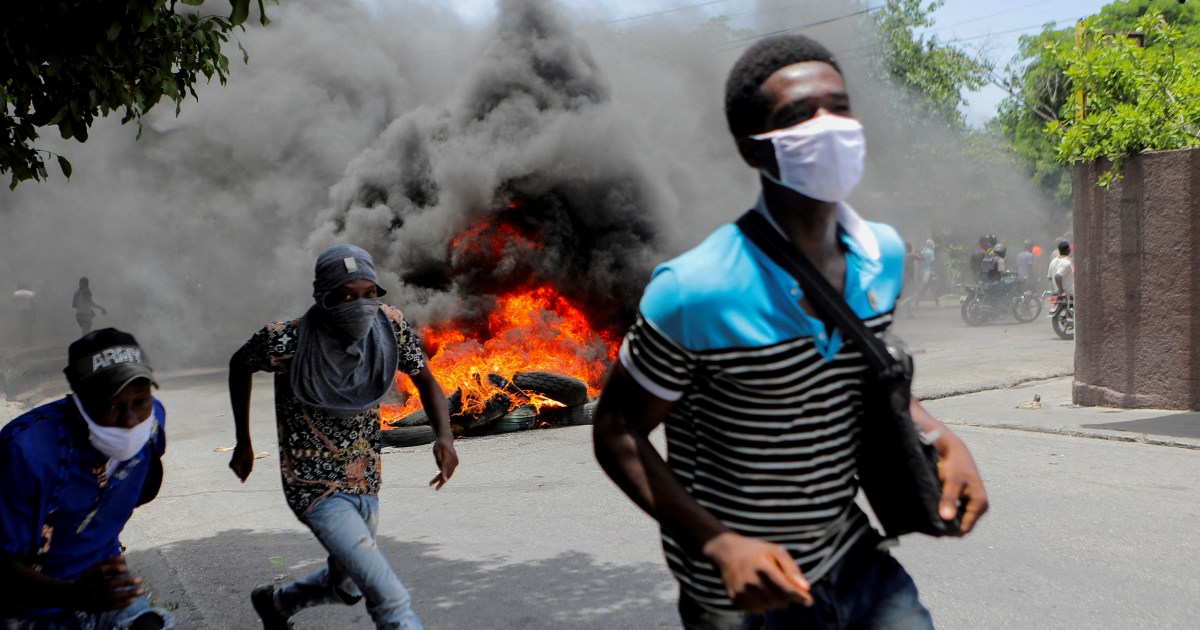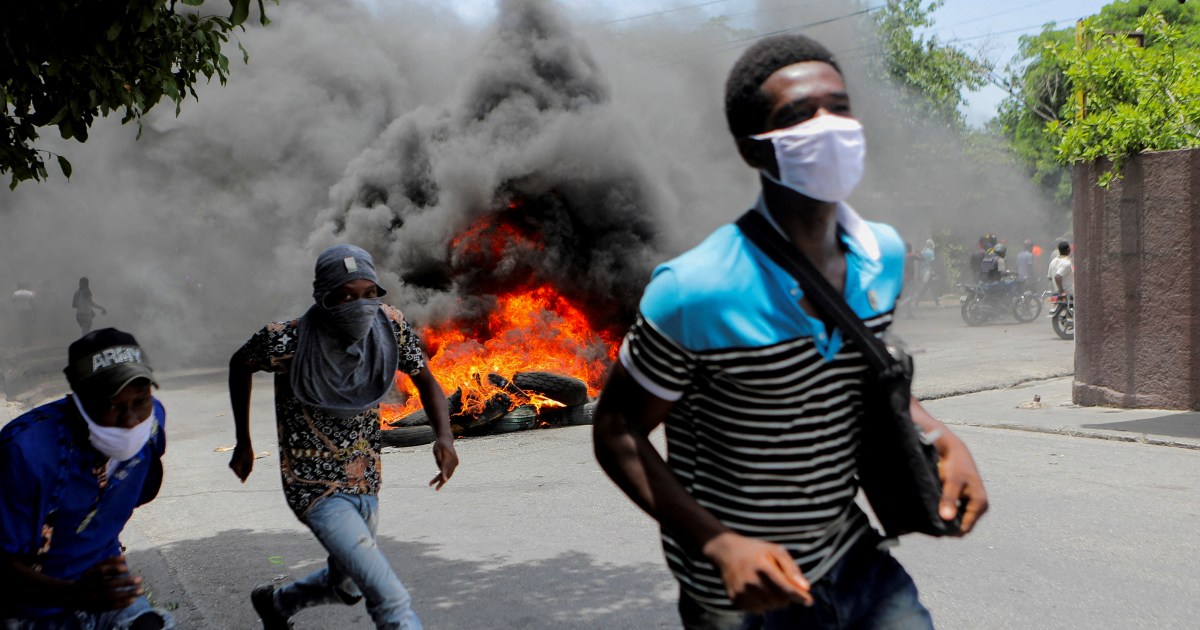
In March, amid a flare-up in gang violence that prompted the declaration of a state of emergency in Haiti, the United States made it known that – as usual – Haitians fleeing for their lives would not be welcome on US shores.
To that end, preparations were being made to deal with a potential mass maritime migration of US-bound Haitian refugees by diverting them to the naval base at Guantanamo Bay, which is located on occupied Cuban territory and is of course better known for its illegal US prison-cum-torture centre.
A March 13 CNN article quoted General Laura Richardson, head of the US Southern Command, on the military’s preparedness for such an eventuality: “We did a full walkthrough of our contingency plan on Gitmo last summer with all of the interagency and all of my components.” The Stars and Stripes military magazine offered additional reassurance from Richardson: “Everything is refreshed – the equipment, everything is ready to go.”
And while media reports have been careful to specify that intercepted Haitians would be sent to a migrant processing facility in Guantanamo that is separate from the complex that houses “terrorist suspects”, it is hard to see the US’s “contingency plan on Gitmo” as anything but yet another racialised carceral undertaking.
As it so happens, this would not be the first time the US blocked Haitian refugees from entering the country by shipping them to Guantanamo Bay. In fact, Haitians were the naval base’s first guests in the 1990s, with thousands indefinitely detained as they attempted to flee Haiti in the aftermath of the 1991 US-backed military coup against President Jean-Bertrand Aristide – not to be confused with the 2004 US-backed coup against the same man.
This was nearly a decade prior to the launch of the “war on terror” in 2001 and the ensuing inauguration in Guantanamo Bay of everyone’s favourite offshore penal colony and legal black hole. In 2010, Guantanamo was once again designated as a potential holding pen for Haitian refugees from that year’s apocalyptic earthquake, which killed more than 200,000 people.
The predicted maritime exodus did not take place but, just in case, a US Air Force cargo plane was immediately dispatched to fly for five hours a day over the devastated land, broadcasting a message in Creole from Raymond Joseph, the Haitian ambassador to the US: “Listen, don’t rush on boats to leave the country … Because, I’ll be honest with you: If you think you will reach the US and all the doors will be wide open to you, that’s not at all the case.”
Then, as now, the US’s “closed-door” attitude vis-a-vis Haitian refugees would be a notch less mind-blowingly repulsive had the US not helped itself through Haiti’s own doors for well over a century – and not just via the aforementioned coups.
Jonathan M Katz, a former Associated Press correspondent in the Haitian capital of Port-au-Prince, writes in Foreign Policy how “in the 1910s, US elites began setting their sights on Haiti” – after the country was forced to take out giant loans from US and other international banks to pay reparations to France for the crime of self-liberation from French colonial rule and slavery.
Then in 1914, using the loan repayment issue as a pretext, US Marines descended upon Haiti’s central bank in Port-au-Prince and spirited “half the nation’s gold reserves” off to Wall Street, as Katz details. The resulting turmoil in Haiti, in turn, served as an excuse for an “all-out invasion” by the US, which went on to occupy the country for nearly two decades and “reimposed forced, unpaid labor, performed at gunpoint, to build a road system to ensure military and commercial control”.
Sounds sort of like slavery.
Nor did Haiti get a break from the imperial chokehold in later decades, when in the name of fighting communism the US lent its support to Haitian despots François “Papa Doc” Duvalier and Jean-Claude “Baby Doc” Duvalier, who killed tens of thousands of people and imprisoned and tortured many more.
They say old habits die hard – and, true to form, the US has continued to fuel both physical and economic violence in Haiti to this day. Most of the firearms and ammunition in Haiti come from the US, which is a crucial context when contemplating the current gang brutality that has displaced more than 360,000 people. Thousands have been left homeless, and the threat of famine looms.
As for the ravages of US-backed capitalism in Haiti, recall the WikiLeaks revelation in 2011 that the Barack Obama administration had agitated to block an increase in the minimum wage for Haitian assembly-zone labourers earning 31 cents per hour.
In other words, it is not difficult to see why a whole lot of Haitians over the past century-plus have found their country unlivable. And the US’s role in rendering it so just makes the present Guantanamo “contingency plan” all the more criminal.
It remains to be seen, for the moment, whether history is repeated in this case and Haitian refugees are once again packed off to a US military base on occupied Cuban land. But whatever happens, there is unfortunately no contingency plan for an end to imperial hypocrisy.
The views expressed in this article are the author’s own and do not necessarily reflect Al Jazeera’s editorial stance.
Read More: World News | Entertainment News | Celeb News
Aljazera









